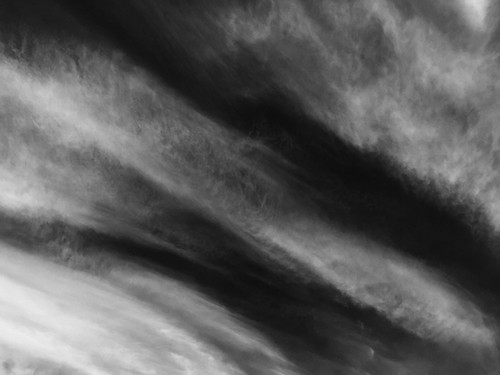As the horizontal logarithmic scale indicates, expression on lateral aspect will increase from correct to still left for show symmetry. Tendon areas in the central diagram are shaded if the rating big difference among handle and transected tendons (indicated P values) is important at the five% degree by Mann-Whitney U. RFU = relative fluorescent models. Differences in expression in between different places as assessed by combined product regression are summarized in Table 2.
The equine SDFT offers a novel design to examine the mechanisms of tendinopathy, its length permitting in depth regional analysis not easily accessible in other species[314]. Potential tendinopathy induction approaches incorporate overuse (e.g. compelled treadmill managing[35,36], chemical injections (e.g. collagenase[36]), or surgery (e.g. [fourteen]). None of these versions are excellent: overuse does not clarify tendinopathy in the sedentary exogenous collagenases elicit an acute common inflammatory reaction and surgical transection is considerably synthetic for other than trauma-induced degeneration. Surgical types beforehand noted in the horse contain a square, full thickness defect designed by taking away the central third of the equine SDFT [37] and an 8cm prolonged main lesion in the equine SDFT created with a synovial resector[38], nevertheless these reports reported lesion dimensions fairly than changes in the adjacent tendon[26,36]. Ageing and physical exercise are recognized to induce matrix alterations in the equine SDFT[27]. The horses employed in this review have been grownup Standardbred geldings with an age variety of 39 several years. All horses ended up rested and experienced normal SDFTs prior to inclusion, however, pre-current subclinical tendon damage could not be totally dismissed. The variations in composition in between regular and diseased tendons speedily became significantly Arteether higher than modifications that arise with ageing [39,forty] consequently age-dependent variation was most most likely minimal in contrast with that induced by tendon injuries. Tiny is recognized about the changes outdoors the instant injury zone that outcome from focal tendon lesions. In an ovine product, degenerative histologic and gene expression alterations were shown through the infraspinatus tendon 4 weeks following 50% of the fibers were surgically transected at the mid level of the tendon[fourteen]. This not only supports our speculation that prevalent tendinopathy may explain the improved likelihood of future issues in tendons following injury[191] but also raises issues about the sensitivity of ultrasound as a diagnostic strategy. This 17611279equine SDFT product provides an outstanding prospect to check more recent imaging methods advised to be superior in detecting tendon pathology, this sort of as magnetic resonance imaging[41], ultrasound with tissue characterization[42], contrast-improved computed tomography[43], multi-detector computed tomography[forty four] and multimodal 2-photon microscopy[forty five]. That histologic and gene expression adjustments have been important and widespread six months right after harm to the equine tendon, suggests studies that use tissue adjacent to a tear as the “typical comparator” for the lesion (e.g.[469]) must be interpreted with caution. We also recognized regional variation in gene expression of ECM factors (ACAN, COL1A1, COL2A1, COL3A1) and enzymes (ADAMTS4, ADAMTS5, MMP3) in the control equine SDFT. This is regular with substantial regional variation in gene expression described in the sheep infraspinatus[14] and human patellar tendons[50]. Therefore  care must be taken even when utilizing typical tendons for comparative studies of tendinopathogenesis, to ensure that equivalent anatomical places are matched. In our prior study of the infraspinatus tendon, regional variants could be explained by proximity to bone[fourteen].
care must be taken even when utilizing typical tendons for comparative studies of tendinopathogenesis, to ensure that equivalent anatomical places are matched. In our prior study of the infraspinatus tendon, regional variants could be explained by proximity to bone[fourteen].
